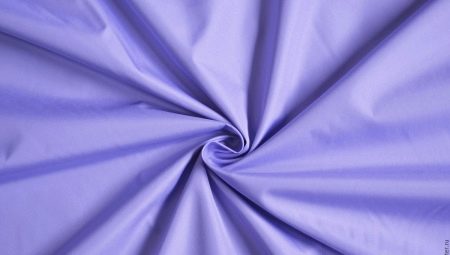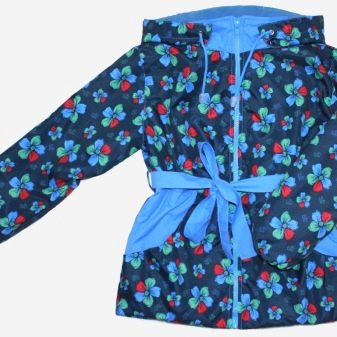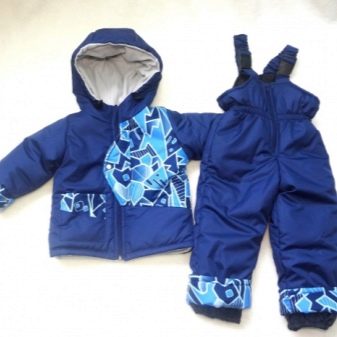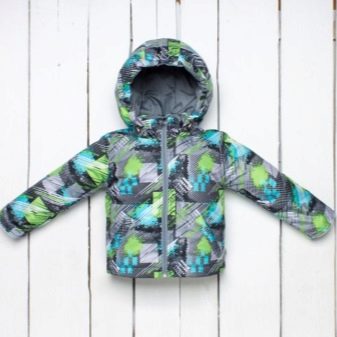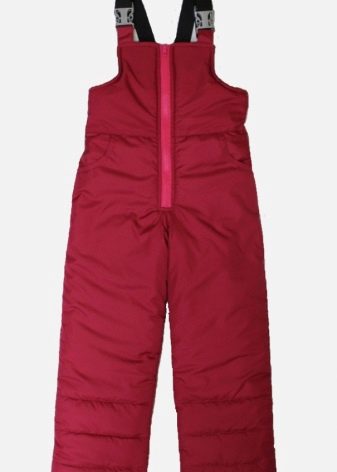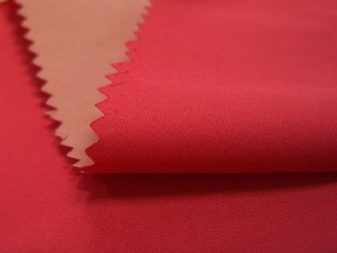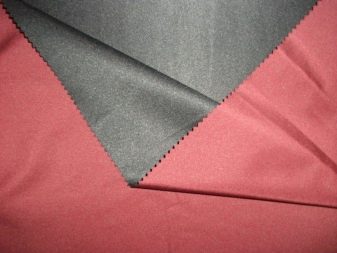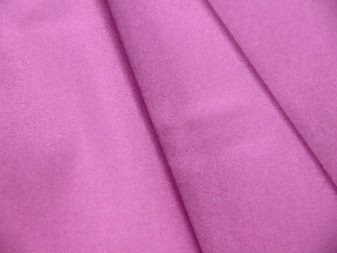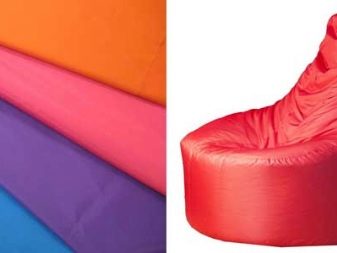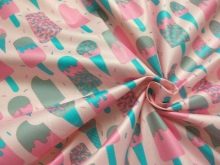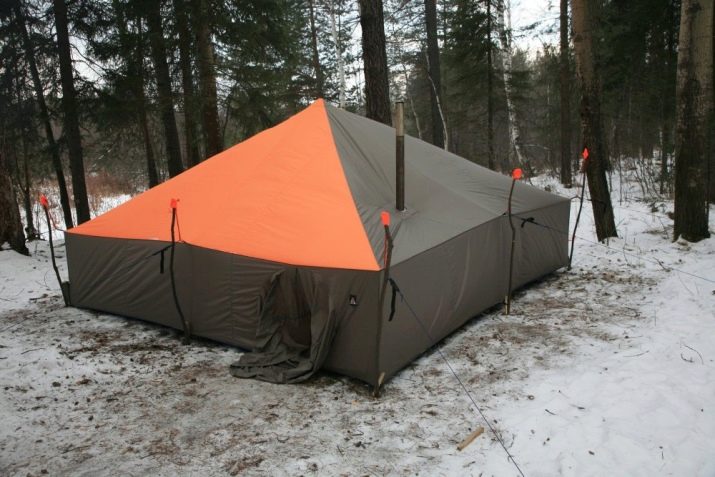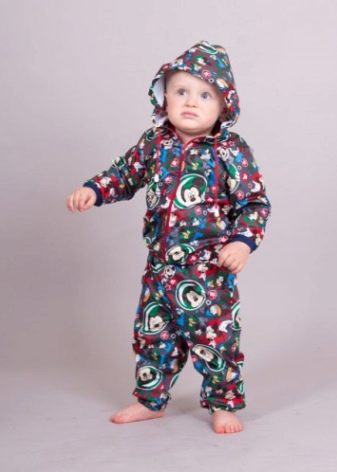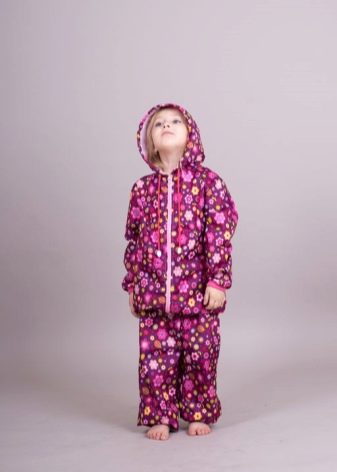To date, the most affordable to create clothes are synthetic materials. True, some prefer to replace them with natural ones. In fact, the current synthetics is of high quality - all this is due to the use of the latest technologies for its production. So, for tailoring street clothes masters often resort to fabric duspo - quality, durable, reliable.
Description
Dewspo ("Duspo") - comes from the English words "dew" and "polymer", in addition, this fabric has a second name that must be remembered so as not to be confused in the subsequent choice - "poly ponzh".
The material is also called kurtochnym - this feature allows you to immediately understand the true purpose. For its production, a special method of plain weaving of polyamide yarns is used. The finished product has a high density, in addition, does not undergo rapid wear and is resistant to various damages. That is important, duspo is very pleasant to the touch.
The density of the fabric is determined by the following signs - 240 tons (tex) - this is the highest figure, allowing us to call Duspo one of the most dense materials for sewing outerwear.
By the way, it is worth knowing that tex is the number of threads in 1 square inch of surface.
However, the density is influenced not only by the method of weaving. Properties such as moisture resistance, water repellency and air exchange are required to be particularly impregnated with polymers.
In its structure, the canvas is lightweight, resistant to repeated bends / hinges and that is why it is boldly used to make complex patterns.
Outerwear made of duspo is very practical and also easy to clean - even after repeated washings the color of the fabric remains in its original form. It does not get wet, is not blown, it withstands frosts, does not fade in the sun.
In addition to all, it is perfectly breathable, retaining the necessary heat, which is called air exchange.
Types and characteristics
On finished products from this fabric, you can find a label with a special label - So manufacturers note a variety of duspo used for this product.
- "Milky". The fabric on the reverse side is impregnated with a water-repellent white layer. Differs smoothness, light shine. Not amenable to fading, molting. Ensures the integrity of the down filler in jackets / down jackets - a special impregnation does not allow down to crawl through the seams.
- "Bonding". To obtain it, a polymeric fabric with a soft knitted lining is combined; most often, fleece is used. It has a high degree of protection against cold and water, ahead of the properties of the fabric of natural fibers.
- "Peach skin." Otherwise - “peach skin” is a special type of impregnation that makes the structure of the material velvety. Most of it sew sports or casual clothing of the highest class. It is durable, pleasant to the touch.
- PU. Transparent impregnation protects fibers from getting wet, chemical exposure, as well as sweat and fat. Its structure is transparent, therefore it is applied mainly on the wrong side, although it is also found on the front side of the finished product.
- Wr. It is an innovative water-repellent layer, providing rolling drops of water from the surface of the jacket.
- Rei. Thanks to this impregnation, the material becomes more rigid, and the color becomes pearlescent.
- CIRE. It gives the canvas a beautiful shine.
- "Jacquard". So designate a textured surface.
- "Panching". The use of perforations for decorative purposes - inserts, stripes, pockets.
In addition to universal impregnation, the composition of the dyspo has 100% synthetic polyester fibers.
The main advantages of Dewspo fabric can be highlighted:
- protects from strong winds;
- perfectly passes air, not allowing the greenhouse effect to form;
- does not get wet in the rain, pushing away drops of water;
- does not fade in the sun after multiple washes;
- not afraid of bends;
- soft to the touch, light in its structure;
- products are durable, durable, not subject to wear.
Application and care
Duspo is the best material for making clothes for every day, outdoor activities and sports. Fabric is used to create wardrobe items for the whole family - adults and children. Waterproof suits (ski, mountain, for a snowboard and so on) consisting of trousers and a jacket, or overalls are especially appreciated. Such clothes are great for winter sports. This also includes warm down jackets, jackets, which are not susceptible to getting wet and blowing, as well as stylish coats and raincoats for spring and autumn.
The material is quite easy to use - it is easy to cut, to create different patterns, so some even sew clothes for animals from him.
Properties such as impermeability and impermeability, allowed to use the veneer in the manufacture of tents for tourism and recreation. This fabric acts as a cushioning material, which is placed between the insulation and the top coating of the product.
The properties of the canvas allow it to be used in the manufacture of baby strollers, baby carriers, car seats, sleds. But Dewspo with impregnation "Peach skin" is used at all as upholstery of upholstered furniture.
Many global winter clothing brands use this particular synthetic material. Due to its excellent properties, it fell in love with athletes and travelers. However, such products are quite expensive, due to high quality.
You can buy Dewspo in specialized fabric stores or order it online. The average price per meter of fabric is up to 200 rubles. By the way, retailing is much more economical. Many online stores just offer this service.
Products from this type of synthetics do not require special care. First you need to know what kind of impregnation was applied to your clothes.
It is synthetic compounds that provide unique properties to the product. Therefore, it is important to keep them in the process of washing.
Care instructions
The manual and automatic washing is allowed (in the machine). Slightly warm water is used - no more than 40 degrees. Drying in the drum, as well as strong spin is not recommended and is not required, as the fabric dries quickly in a natural way.
- Bleaching with substances containing chlorine, cleaning with the use of chemicals (dry cleaning) is prohibited.
- Ironing temperature - not higher than 150 degrees.
- Some types of lining material require a special automatic / hand wash mode. Therefore, carefully study the labels - there are all the details of care.
- Do not be afraid of fading of the fabric - the high quality of the cloth does not allow the clothes to dim even after repeated washings. By the way, there is a special paint that can be repainted, for example, a white jacket, while maintaining the structure of the fabric in integrity.
As it turned out, synthetics is no longer a low-quality material for tailoring. Today, manufacturers use the latest technology to produce durable, durable, reliable textures. So, the dress is one of the optimal fabrics for the creation of warm sports or casual wear, namely: down jackets, jackets, waterproof suits, overalls. Such clothes are designed to protect us from frost, wind and moisture.
On the properties of fabric duspo, see the following video.
